Entry Category: Scott
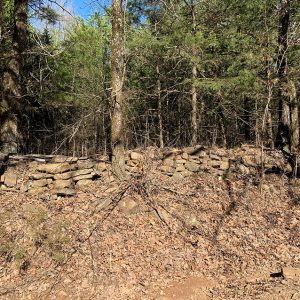 Agricultural Wall
Agricultural Wall
Anderson (Scott County)
Bates (Scott County)
Beauchamp (Scott County)
Black Fork (Scott County)
Blansett (Scott County)
Blue Ball (Scott County)
Bluff Ridge (Scott County)
Boles (Scott County)
Boothe (Scott County)
Brawley (Scott County)
Bryan (Scott County)
Buffalo (Scott County)
Cauthron (Scott County)
Cedar Creek (Scott County)
Chant (Scott County)
Coaldale (Scott County)
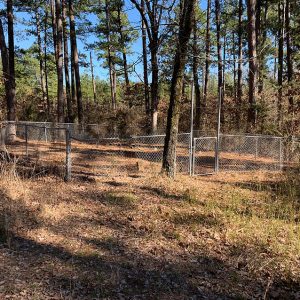 Colburn Cemetery
Colburn Cemetery
Colburn Spring (Scott County)
Denton (Scott County)
Elm Park (Scott County)
Evening Shade (Scott County)
Forester (Scott County)
Gate (Scott County)
Gipson (Scott County)
Girard (Scott County)
Green Ridge (Scott County)
Harvey (Scott County)
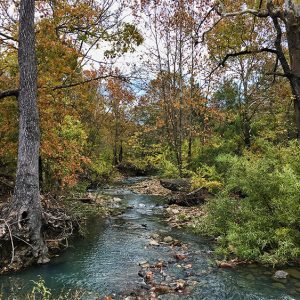 Heath Creek
Heath Creek
Hon (Scott County)
Kings Creek (Scott County)
Little Texas (Scott County)
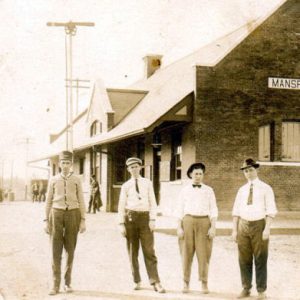 Mansfield Depot
Mansfield Depot
Mansfield (Sebastian and Scott Counties)
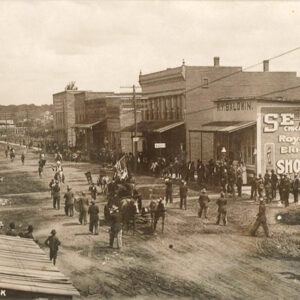 Mansfield Parade
Mansfield Parade
 Mansfield Street Scene
Mansfield Street Scene
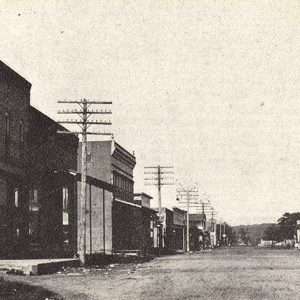 Mansfield Street Scene
Mansfield Street Scene
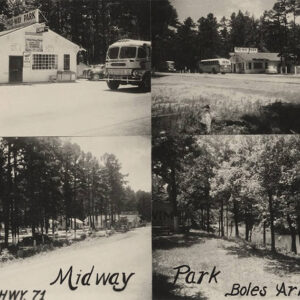 Midway Park
Midway Park
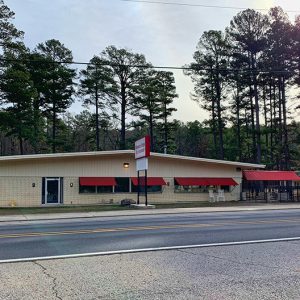 Midway Park Cafe
Midway Park Cafe
 Midway Park Gas Station
Midway Park Gas Station
Nebraska (Scott County)
Needmore (Scott County)
Nella (Scott County)
Nola (Scott County)
Olio (Scott County)
Oliver (Scott County)
Parks (Scott County)
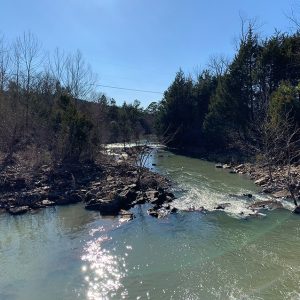 Petit Jean River
Petit Jean River
 Planing Mill
Planing Mill




